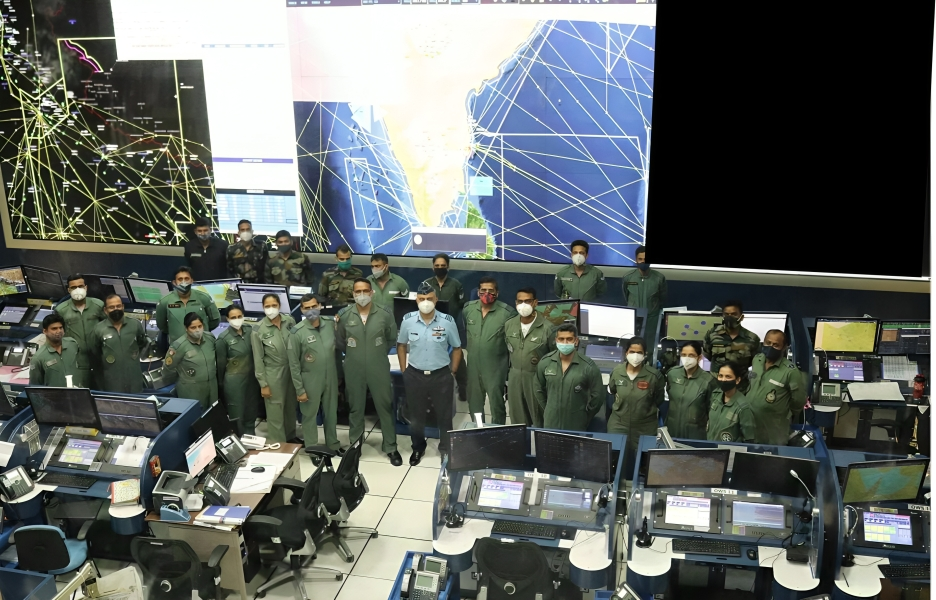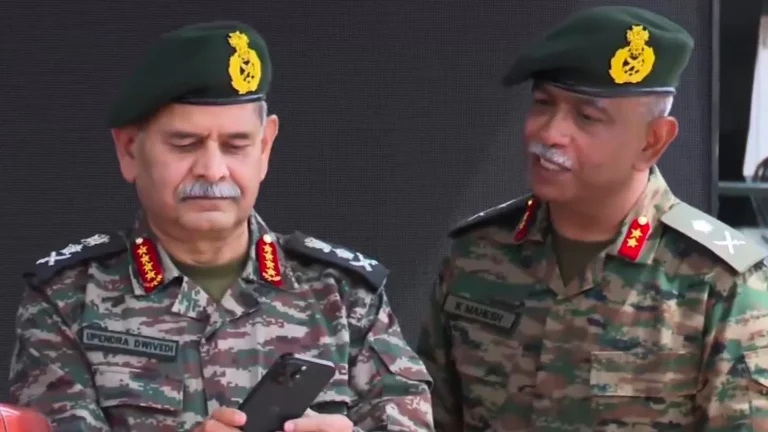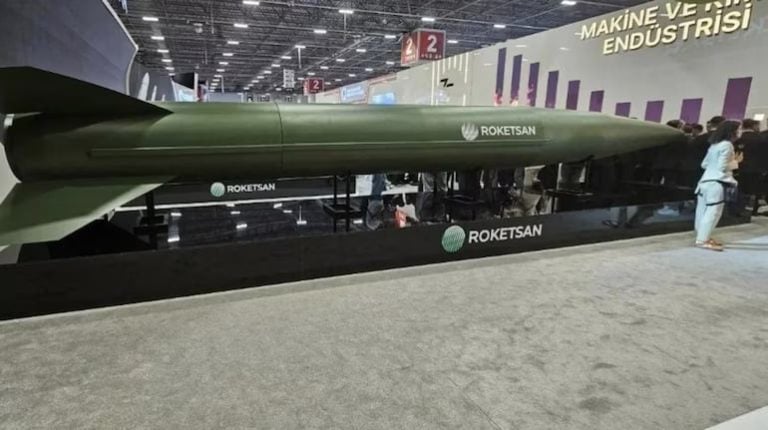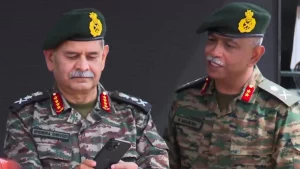India’s recent Operation Sindoor has underscored the nation’s fortified air defense capabilities, showcasing an integrated ecosystem adept at countering complex aerial threats. In a strategic confrontation initiated by Pakistan involving coordinated assaults of drones, missiles, and rockets, India’s multi-tiered air defense systems exhibited rapid detection, tracking, and neutralization of these aerial incidents.
Central to this robust defense mechanism is the Integrated Air Command and Control System (IACCS), an automated, net-centric network that allows for the synchronization of real-time data across the Indian Armed Forces. This sophisticated command center coordinates a variety of assets—ranging from radars and fighter aircraft to unmanned aerial vehicles (UAVs) and missile batteries—giving commanders a panoramic view of the operational landscape, enabling swift and precise tactical responses.
India’s transition to a modernized air defense structure was initiated in 2010 with the establishment of the Air Force Network (AFNET). This network replaced antiquated communication systems that had been in service since the 1950s, thereby streamlining connectivity and enhancing decision-making processes during combat operations. During its inauguration, former Defence Minister AK Antony highlighted AFNET’s dual objectives: to strengthen national telecommunications while simultaneously modernizing military communication frameworks to support network-centric warfare.
The development of IACCS was catalyzed in 2003, following the lessons learned from the Kargil conflict. The initiative aimed at revamping India’s battlespace coordination capabilities by establishing centralized control systems capable of collating data from a myriad of sensors, including Airborne Warning and Control System (AWACS) platforms, radars, UAVs, and fighter jets. This integration led to the generation of a Recognized Air Situation Picture (RASP), significantly expediting the sensor-to-shooter process in air combat.
During recent confrontations on May 8–10, India’s comprehensive air defense architecture demonstrated its effectiveness against incoming Pakistani drones and PL-15 missiles. The structured multi-tier defense system operates within concentric layers:
- Inner Ring: Equipped with Counter-Unmanned Aerial Systems (C-UAS) and legacy anti-aircraft guns to combat low-altitude threats.
- Second Layer: Employing systems like Spyder and Pechora to provide point defense for critical installations.
- Middle Tier: Featuring medium-range Surface-to-Air Missiles (SAMs) like the indigenous Akash and the MRSAM.
- Outer Ring: Comprised of long-range interceptors, including the S-400 and strategic fighter aircraft.
This interconnected defense grid proved its efficacy during Operation Sindoor, where the layered architecture was instrumental in neutralizing aerial threats effectively.
Another significant development within this ecosystem is the Akashteer initiative, which aims to automate air defense operations by digitizing control and reporting processes. Akashteer integrates various radar and communication systems, enhancing situational awareness across the air defense landscape. With around 400 command-and-control centers ordered for Akashteer, the integration into the IACCS network marks an essential evolution in operational capabilities for the Indian Army Air Defence Corps.
The idea of forming a unified Air Defence Command (ADC) has been discussed, especially by former Chief of Defence Staff General Bipin Rawat. However, the establishment of a fully integrated command structure faces logistical and command challenges. Nonetheless, Operation Sindoor exemplifies the increasing military coordination between the branches of the armed forces.
With a focus on rapid strike capabilities, seamless command and control integration, and expedited decision-making processes, India’s evolving air force doctrine emphasizes the significance of digital technologies such as Operational Data Links (ODL), satellite communications (SATCOM), and software-defined radios (SDR).
In summary, Operation Sindoor represents a pivotal advancement in India’s trajectory toward establishing itself as a technologically advanced air power. The integration of IACCS, AFNET, Akashteer, and the comprehensive multi-layered defense systems illustrates a marked enhancement in India’s readiness against contemporary aerial threats, establishing a formidable safeguard over the nation’s skies through a combination of advanced technology and joint military cooperation.



















